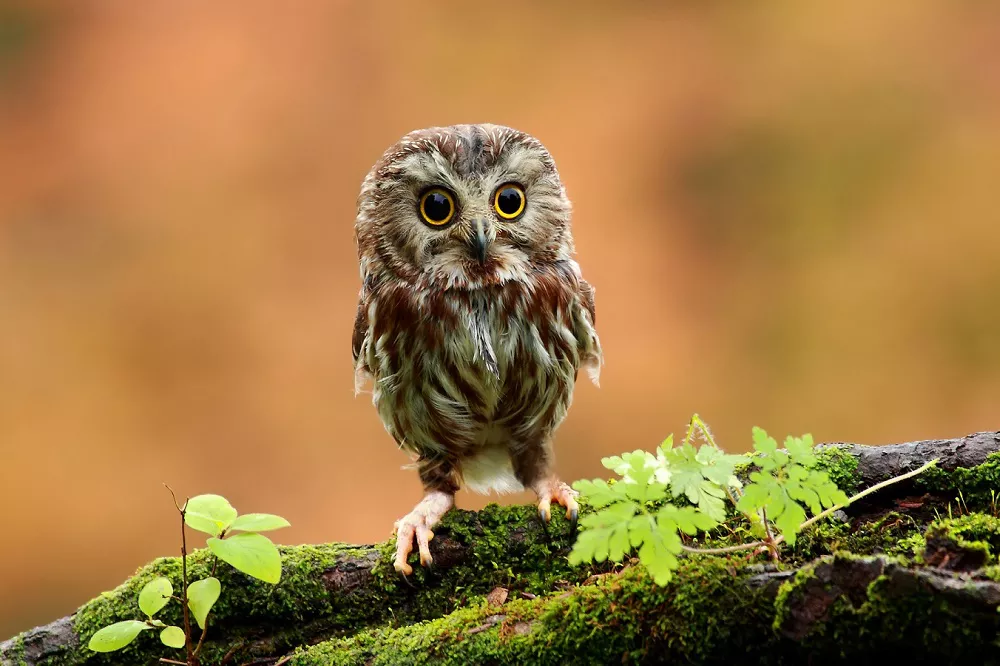Birds are some of the most fascinating creatures on this planet. Their songs, calls, and vocalizations are both beautiful and intriguing. One type of bird that often captures people’s attention is the owl. Owls are known for their distinctive hoots, but did you know that some other birds also sound like owls? In this article, we’ll explore what birds sound like owls, why they make these sounds, and how they use them.
Before we dive into which birds sound like owls, let’s take a moment to talk about what makes an owl’s call so unique. Owls are known for their hoots, which can vary in pitch, tone, and duration depending on the species and individual owl. Many people associate owls with darkness and mystery, which adds to the allure of their calls.
But what exactly is it about an owl’s hoot that makes it so different from other bird calls? For starters, owls have specialized feathers around their faces that help to direct sound towards their ears. This gives them incredible hearing and allows them to locate prey even in complete darkness.
In addition to their specialized feathers, owls have a unique vocal anatomy that allows them to produce a wide range of sounds. For example, they can use their syrinx (the bird equivalent of a larynx) to create low-pitched hoots, as well as high-pitched screeches and screams.
So now that we know what makes an owl’s call so unique, let’s explore which birds sound like owls and why they make these sounds.
Mourning Dove
Believe it or not, the soft cooing of a mourning dove can sound remarkably similar to the hoot of an owl. While mourning doves don’t have the same specialized feathers or vocal anatomy as owls, they do have a unique sound-producing structure called the “esophageal voice box.” This allows them to produce a range of sounds, including the soft coos that can be mistaken for an owl’s hoot.
So why do mourning doves make these sounds? Like many birds, they use vocalizations to communicate with one another. In the case of mourning doves, their soft coos are often part of a courtship ritual between males and females. The males will puff up their chests and make these cooing sounds to attract a mate.
Common Nighthawk
The common nighthawk is another bird that can sound like an owl when it calls. These birds are known for their distinctive “peent” call, which can be similar in tone and pitch to an owl’s hoot. However, unlike owls and mourning doves, nighthawks don’t use their voices to locate prey or communicate with other members of their species.
Instead, nighthawks use their calls as part of their courtship displays. During the breeding season, male nighthawks will fly high into the air and perform a series of aerial acrobatics while calling out their “peent” sounds. This is meant to attract females and show off the male’s fitness and agility.
American Robin
The American robin (Turdus migratorius) is a familiar sight in many parts of North America, and its song is one that most people can recognize. However, when robins are alarmed or disturbed, they can produce a sound that is surprisingly similar to an owl’s hoot. This is often described as a “quork” or “kwee-ork” call, and it can be quite easy to mistake it for an owl’s hoot if you’re not paying close attention.
Robins use vocalizations to communicate with each other and establish territory. The “quork” call is often used as an alarm call to warn other robins of potential danger in the area. They also have a cheerful series of notes that sounds like “cheery-up, cheerio, cheerily.”
Blue Jay
Blue jays are well-known for their raucous, aggressive calls, but did you know that they can also mimic the calls of other bird species, including owls? These birds are often heard imitating the calls of the barred owl, and it is believed that they do this in order to establish their dominance over other bird species in the area.
Common Myna
The common myna is a bird species native to Asia, but has also been introduced to other parts of the world, including Australia and the United States. These birds are known for their impressive mimicry skills, and have been observed imitating the calls of owls, as well as other bird species and even human speech.
Conclusion
In conclusion, while most birds are known for their unique songs and vocalizations, some bird species have evolved to mimic the calls of owls. Whether it’s for territorial purposes or self-defense, mimicking the calls of owls can be an effective way for smaller birds to protect themselves and establish their dominance over other bird species in the area.
While we’ve explored just a few of the bird species that are known for imitating owls, there are likely many more species out there that use this tactic. So next time you’re out birdwatching, keep your ears open for the distinctive calls of these mimic birds!


 Facebook
Facebook  Instagram
Instagram  Youtube
Youtube 